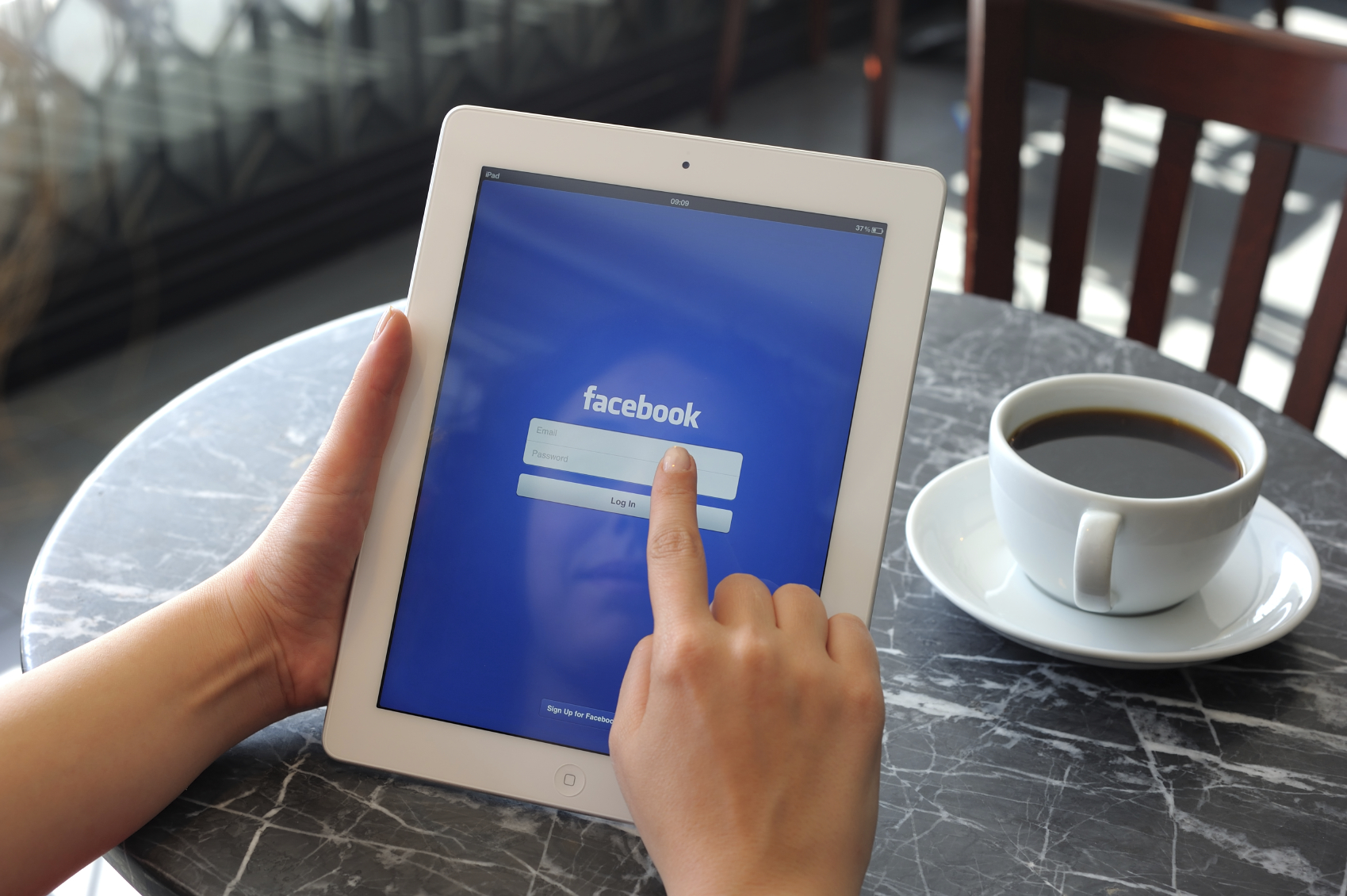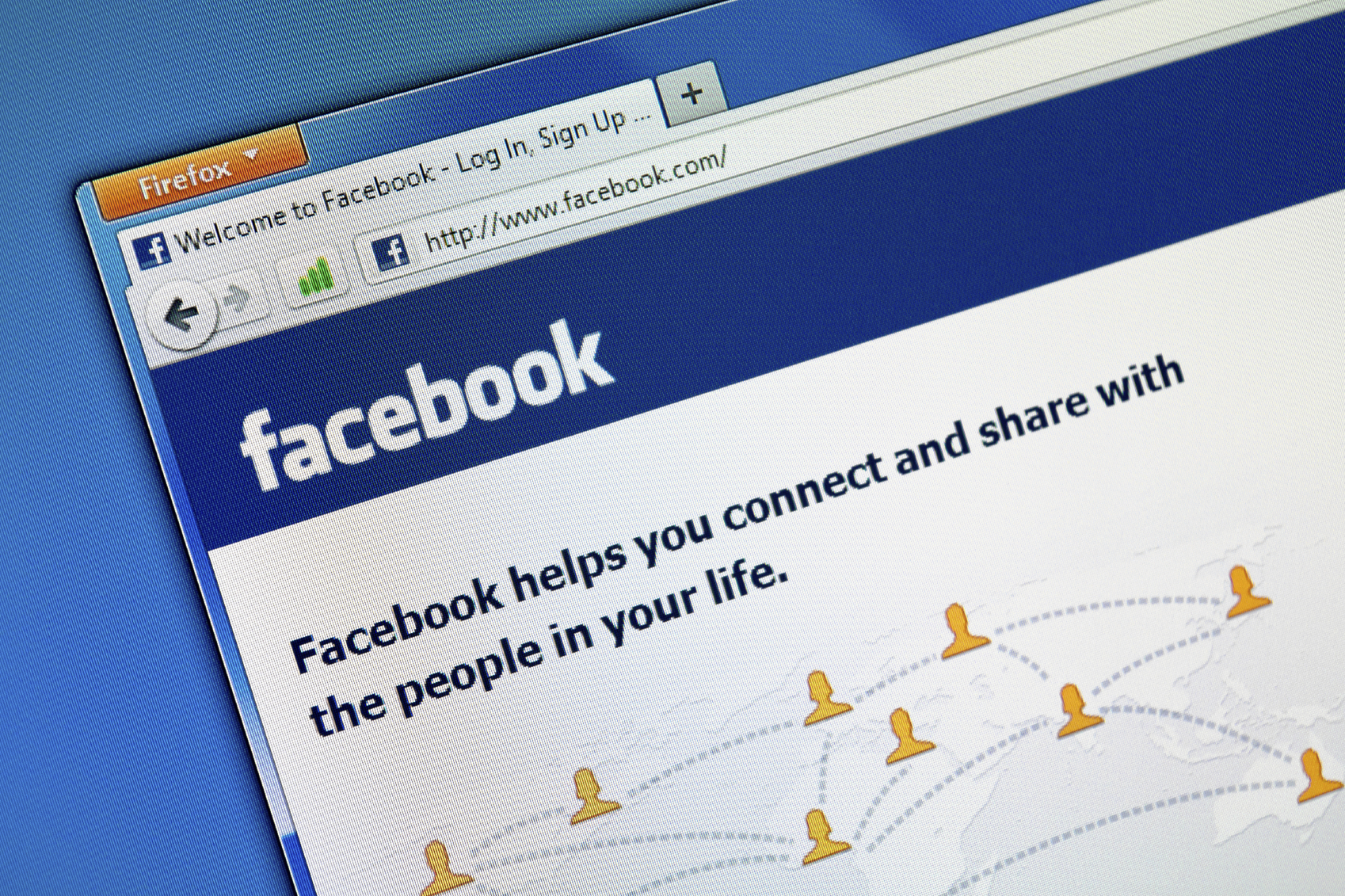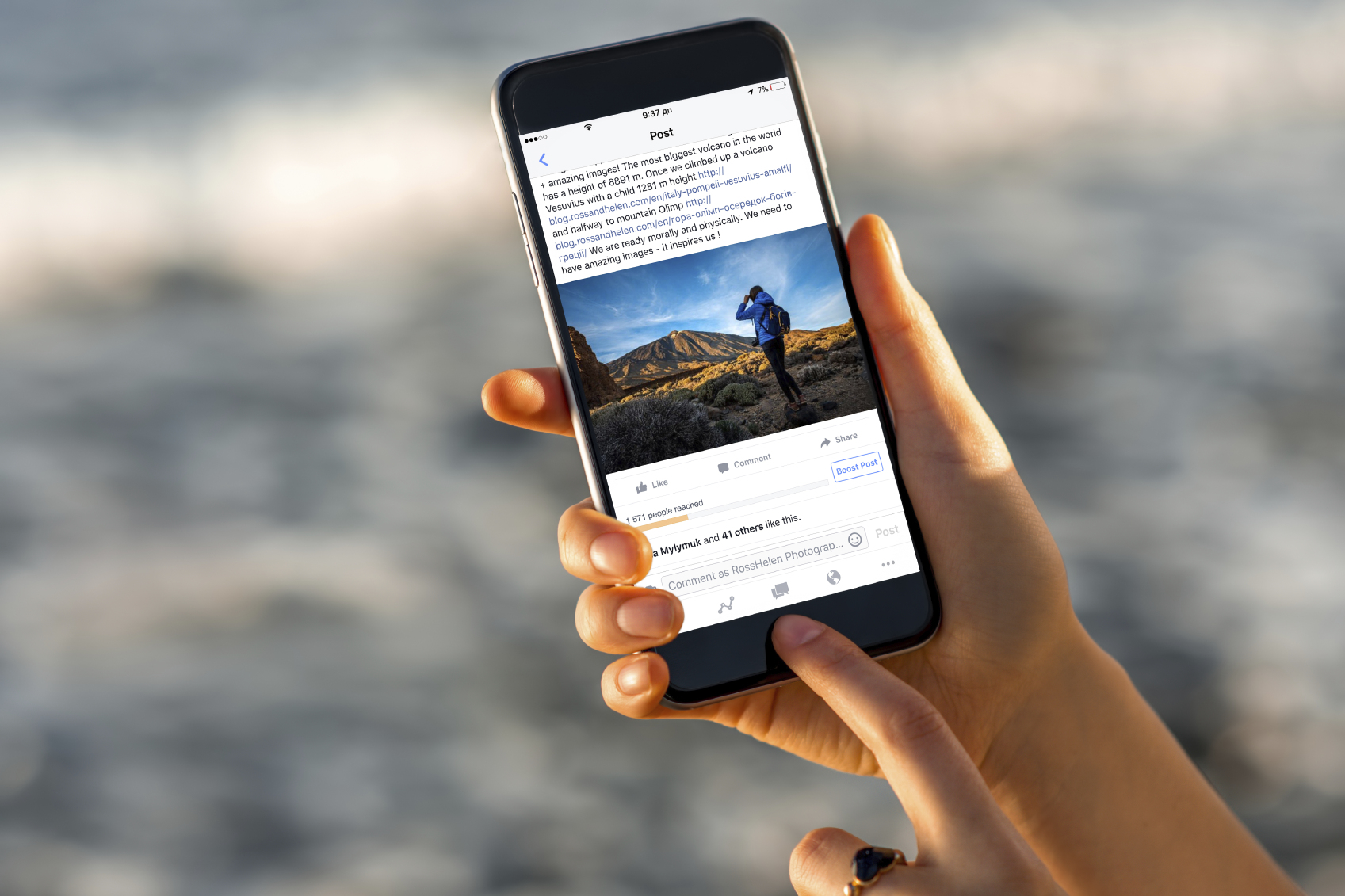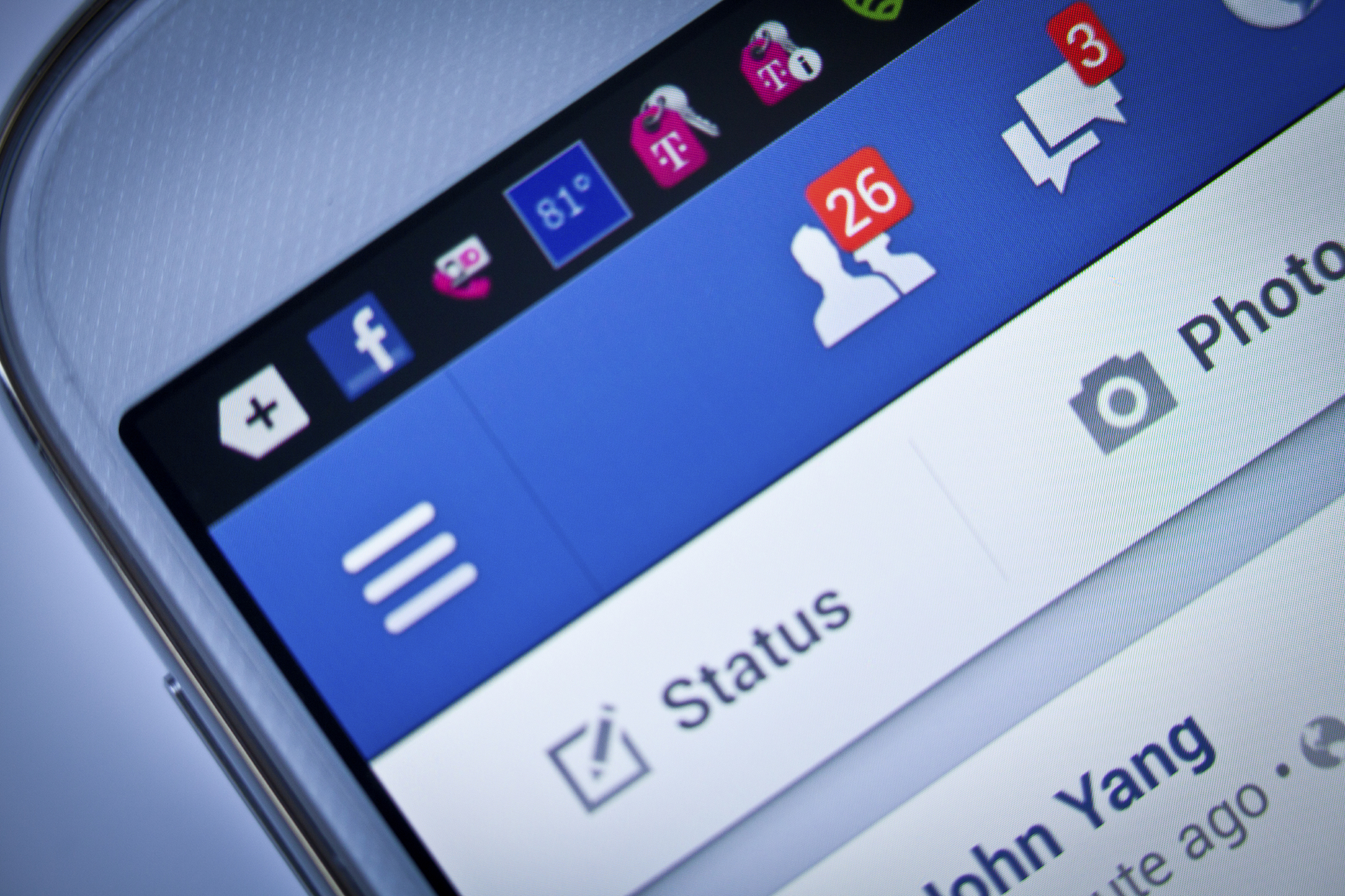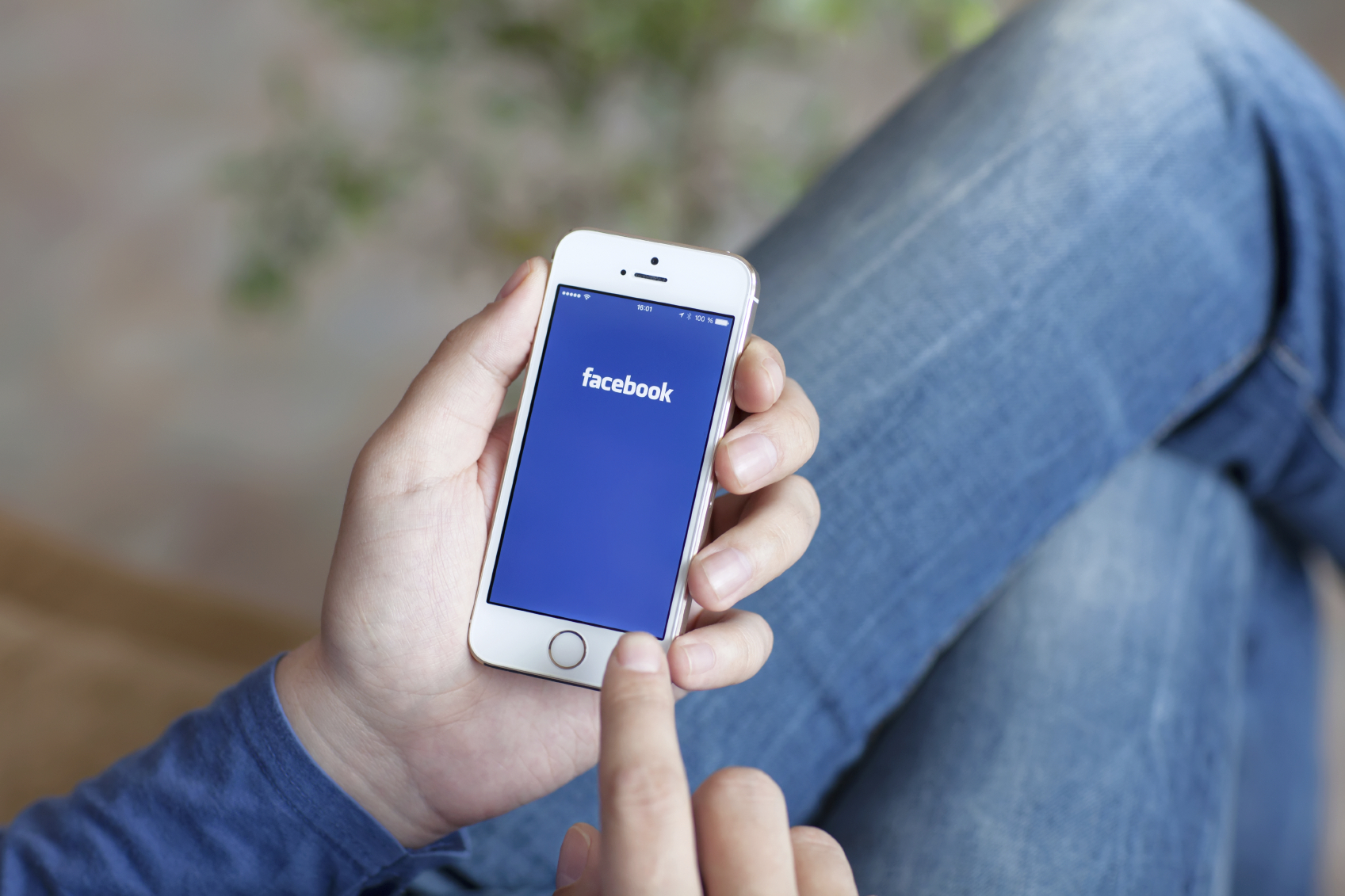What Happened
Facebook continues to take strides toward challenging Google for the top spot in online advertising as the company started to serve ads to non-users on Thursday. Previously, Facebook’s ads on third party websites or mobile apps, powered by the Facebook Audience Network, would not be visible to users that are not logged into Facebook. According to the Wall Street Journal, the social network is using a mix of cookie tracking, its own buttons and plugins, and patterns within its massive user database to help advertisers target non-users with more relevant advertising.
In related news, The Information reports that Facebook is working on shoppable video ads, which will allow users to buy products highlighted in videos on Facebook. One tap on an item featured in a buyable video would reveal more information about the product and another tap would send users to the retailer’s website to complete the purchase. Facebook has not confirmed nor denied this new ad product.
What Brands Need To Do
Facebook has long enabled its Audience Network to reach users outside of Facebook properties, and this change should help advertisers reach even more people across various digital platforms. As Facebook continues to expand its advertising machine, it is important that brand marketers heed the new ad products that Facebook offers and leverage Facebook’s massive reach and targeting capability to connect with their targeted online audiences.
Source: TechCrunch & The Information
